
Today we’d like to introduce you to Samantha Parker Salazar.
Samantha, we’d love to hear your story and how you got to where you are today both personally and as an artist.
Raised in the suburbs of Chicago by a native Texan and a Yugoslavian immigrant, I grew up speaking two languages, surrounded by a richness of culture and family history that would spur any child’s imagination. Books and ideas soon gave way to a habit of drawing. With pencil to paper I recorded all things, real and invented. Anatomy books taught me about the visuals of the human body. Years of dance and piano lessons revealed even more about the possibilities of bodily output in the form of creativity.
My happenstance acquaintance with printmaking as a teenager introduced a love for pure process that I had never before encountered. It was the painstaking repetition and backwards-thinking contrasted with the many elements of surprise that made the technique so alluring. A strong sense of community developed in our shop during my years in Illinois. At Bradley, there was a mutual feeling of us all wanting to make, make, make–never minding the time of day or night. Fast forward a year into graduate school: I am now a mother. That personal shift marked a total change in how and where I could make my work. Toward the end of my time at The University of Texas, I started cutting up all the prints from my tubes and flat files. It didn’t matter that they were editioned, carefully signed, torn down on the correct edge. I was failing graduate school, let down by an equally failing art program at UT that was experiencing major faculty shifts in my third year, abandoning many of us to our own wits, especially those who were deemed unfit artists.
With nothing left to lose, I began furiously cutting up old images and ideas, gluing them to the studio walls, folding, taping, drilling, and flinging paint everywhere. I missed critiques and stopped caring about the formalities. My messiness drove the faculty and some of my peers crazy, but it passed me through. I installed my thesis piece, Leukos-Haima (v.2), in the UT Visual Arts Center: branches, paint, graphite, caution tape and all, the sculpture went from first to second floor, looming overhead as if to state its enormous power. From that one piece I received my first large corporate commission and, in synchronicity, was awarded a major fellowship at The Ohio State University. This launched my career into overdrive, and that furious desperation that carried me through graduate school has not left the studio since.
We’d love to hear more about your art. What do you do you do and why and what do you hope others will take away from your work?
For the the love of making things, I create sculptures mostly comprised of hand-cut paper and construction materials. The process for cutting paper and rubber cones is surprisingly similar: a monotonous, meditative task, one is cut with a surgical scalpel and the other is done using a hot knife. The winding forms appear and dissipate in space to invoke a confounding wake-sleep moment. Each installation is a reflection of my personal encounter with real and imagined experiences, brought to life by engaging the viewer. The sculptures are large interlopers in our space. Rather than being set within the comfort of a framed edge, it escapes and it beckons us into its depths. The sculptures are usually temporary, and parts of them get reconfigured or reused and worn like a skin on human bones. Abstraction has the power to draw forth intense visceral experiences. It comes with a particular brand of authenticity in its subconscious or automatic making of imagery. The fringe of consciousness contains moments of affirmation that our reality may be reduced to universal shapes and forms. The act of concerning oneself with the simplicity of pure movement and color allows for a deep feeling or sensation that is absolutely universal. In this case, expressions of sensation are made through the marks cut between happenstance smudges and lines, heightening seemingly insignificant areas within the visual hierarchy. The result is an object that is neither painting nor sculpture, print nor drawing. It is like a drawing in space but has the density of a weather pattern.
My hope is to leave behind some part of myself in each installation, that I may connect with others even if my body is not present. I would love to make a sculpture based on another’s dream, maybe combining it with one of my own.
The sterotype of a starving artist scares away many potentially talented artists from pursuing art – any advice or thoughts about how to deal with the financial concerns an aspiring artist might be concerned about?
The most important thing is to commit. Once you hold yourself accountable to running your practice as a business rather than thinking of art-making as a hobby, the tides start to change. You have to believe in the authenticity of your own work first because, after all, no one is really buying just your work, they are buying a piece of your mind.
I am still young in the field so I cannot pretend to give the best advice, but I will say that what has worked best for me so far has been to cast as many nets as possible, to never see myself as above any opportunity. I have started to slow down a lot on applying to calls that cost money, which was something I needed to do a lot more when first starting out. Now, I focus more on solo shows, outdoor work, and commissions. Take every opportunity that you possibly can and share opportunities with your friends. A sense of community is worth its weight in gold.
Do you have any events or exhibitions coming up? Where would one go to see more of your work? How can people support you and your artwork?
One sculpture, Equidistant, is permanently suspended in the reception lobby of the Courtyard-Marriott Austin (I-35 & 183). Another permanent piece, titled Blueprint, is set to be installed August 2018 in the atrium of the new Woodbourne-Centerville Library near Dayton, Ohio. Also, in August, an outdoor sculpture, Shock Absorber, will be on loan at the Steven’s Point Sculpture Park in Wisconsin until August 2021. Other locations where work can temporarily be seen include the Hunterdon Art Museum in Clinton, New Jersey, about an hour outside of New York City. I also have a solo exhibition currently on view at Saint Joseph’s University in Philadelphia, Pennsylvania.
In Columbus, two outdoor sculptures can be seen all summer long as part of Short Pop, a project responding to the ongoing construction in Columbus’ Short North Arts District. One is located at Goodale Ave. and the other on High St. Simultaneously, a large-scale indoor installation with lights that respond to sound is situated at the Alton-Darby Campus of Cypress Church, and that can be seen in Galloway, Ohio, just outside of Columbus city limits. Abroad, my work can currently be viewed at the Till Richter Museum in Buggenhagen, Germany as part of a group show, Donde Esta Mi Arpon Pistola.
The best way to support my work is to reach out with ideas or opportunities for me to create. I am interested in working with art consultants, galleries, theaters, dance productions, or individual clients. Whether that is something for you, a friend, or any wacky idea. I am a YES woman, and I love new projects. I make it easy for anyone to own a piece of my installations–large or small, intricate, made of paper or construction cones. The best way to support any artist’s work is to present them with new and exciting chances to create more of it.
Contact Info:
- Website: sparkersalazar.com
- Phone: 847-915-8166
- Email: sparkersalazar@gmail.com
- Instagram: @samanthaparkersalazar






 Image Credit:
Image Credit:
Samantha Parker Salazar and Marc Newton
Getting in touch: VoyageHouston is built on recommendations from the community; it’s how we uncover hidden gems, so if you know someone who deserves recognition please let us know here.


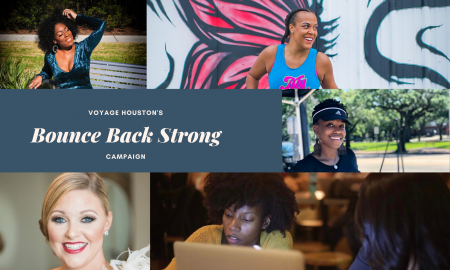
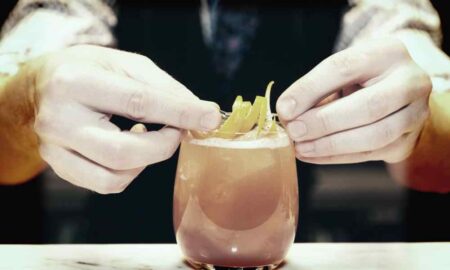
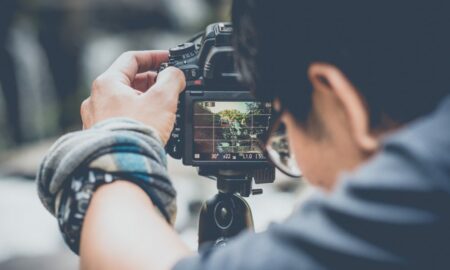
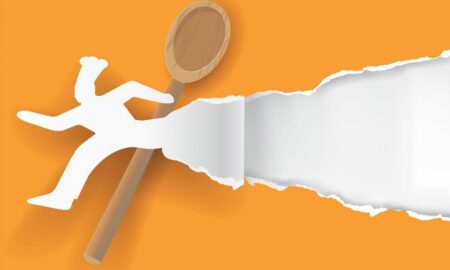





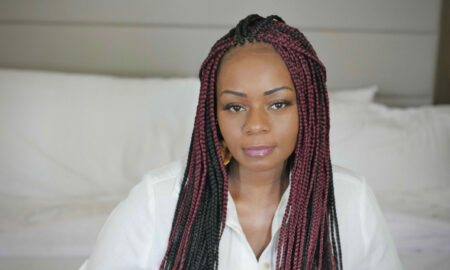

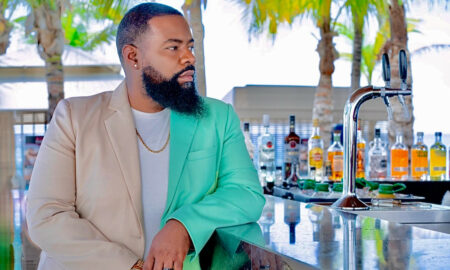

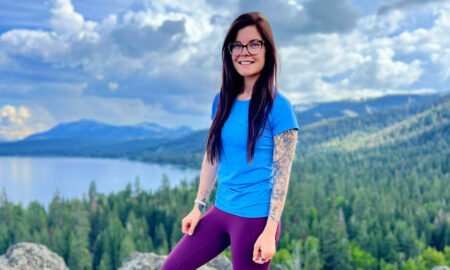

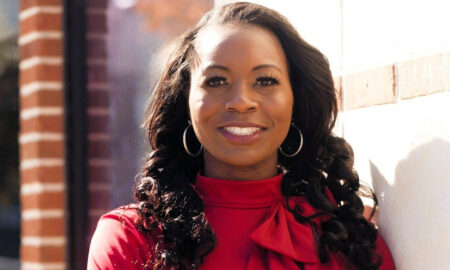
veronica
July 20, 2018 at 11:07 pm
Sam is one of the most authentic and kindest people I know. She deserves every bit of success and is an excellent example of being supportive of other artists!